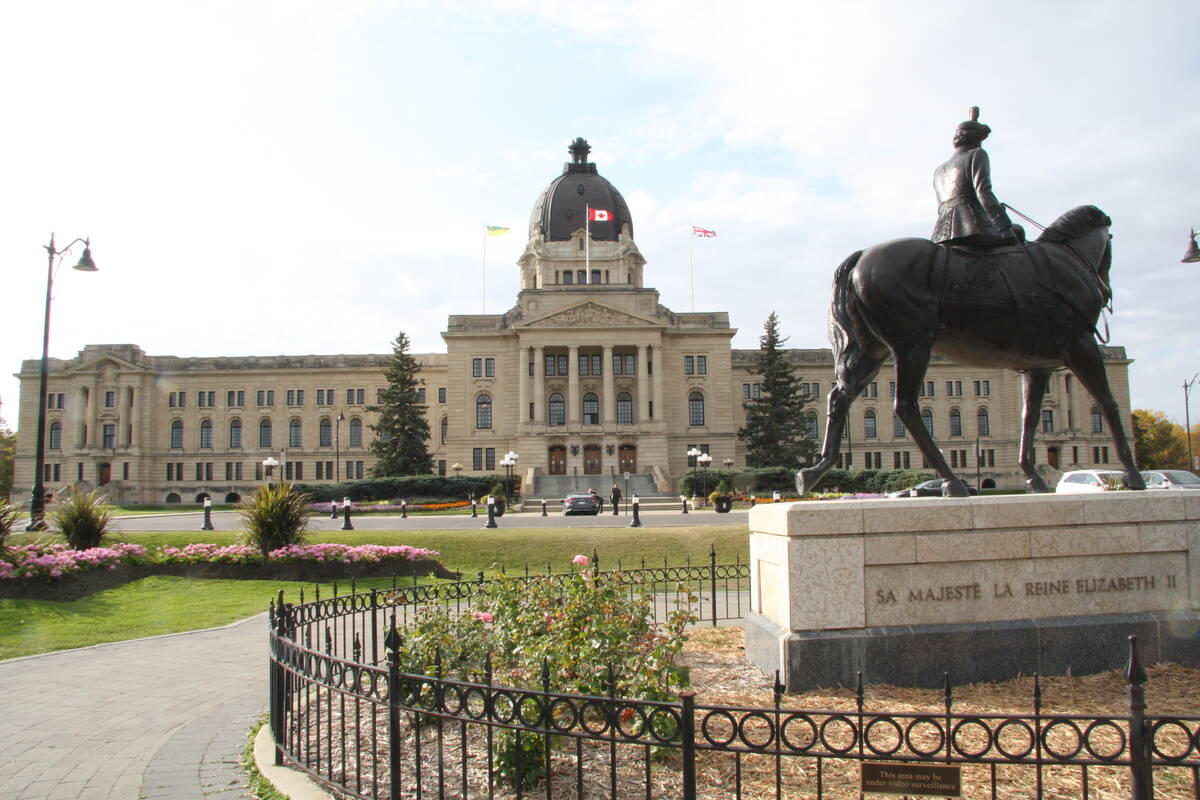Few issues in U.S. Some congestion noted in localized regions, but no transportation crisis south of the border
SAN ANTONIO, Texas — It’s safe to say that the hall would be packed if a panel of senior agriculture industry executives were to discuss grain transportation problems at a Canadian farm meeting.
However, such an event held during the Commodity Classic farm policy convention in San Antonio Feb. 27 was mostly empty, with only a few dozen attendees. Some of the farmers in the room were Canadian, as were three of the four identifiable reporters.
“We are hearing some horror stories,” Sharon Clark, a vice-president with major poultry producer and shipper Perdue Agribusiness, said in response to a story about Canada’s situation.
Read Also

Saskatchewan throne speech promises strong economy
Saskatchewan’s legislative agenda for the coming year will focus on meeting the challenges of new world trading relationships, said the speech from the throne.
However, the transportation situation in the United States is much more normal. Serious congestion has been reported in localized regions, such as on the Burlington Northern line near the western Canadian border and in areas suffering extreme cold, but there is no sense of crisis like there is in Western Canada.
However, executives said the U.S. transportation infrastructure is weakening under the surface, and renewing it needs to become a national priority.
Cargill transportation executive Rick Calhoun said he understood that an exceptionally large crop and cold winter contributed to the Canadian problem, but he also noted the competition that the oil industry is now presenting to all North American agriculture shippers.
“We have these new pieces of demand that jump up that nobody was planning for 10 years ago,” said Calhoun.
He was vexed by the difficulty getting national reinvestment in the U.S. transportation network of railways, highways and waterways, most of which were established decades ago and are decaying.
He also said competitors in world agriculture trade, such as Brazil and China, are beginning to pour money into infrastructure.
“I think we do need a transportation plan for this country, for this continent,” said Calhoun.
It would go beyond maintenance and include new and expanded facilities and systems.
“You’re not going to do it by just fixing what you have,” said Calhoun.















